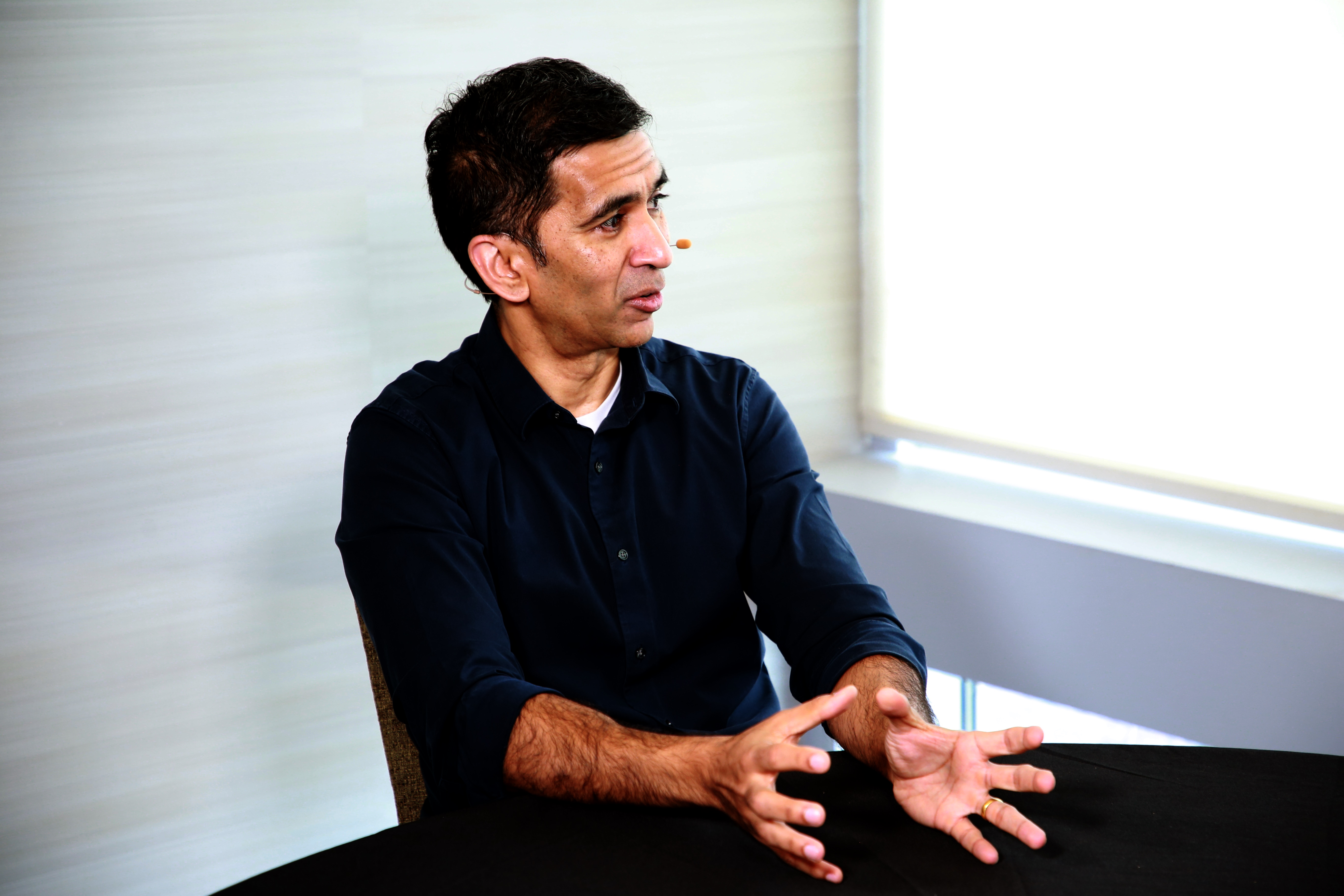 BIG DATA
BIG DATA
 BIG DATA
BIG DATA
 BIG DATA
BIG DATA
Unified metadata models are emerging as a cornerstone in the changing landscape of data management, highlighting the critical need for integrated frameworks that ensure data accessibility, security and value creation.
As businesses increasingly leverage artificial intelligence and interconnected data systems, the focus is shifting toward avoiding infrastructure pitfalls and achieving seamless data integration. This shift underscores the importance of strong governance frameworks and standardized data formats to optimize the value derived from organizational data across diverse environments, according to Karthik Ravindran (pictured), general manager of enterprise data at Microsoft Corp..

Microsoft’s Karthik Ravindran talks to theCUBE about unified metadata models.
“In our journey, it took us about four to five years to get to a good place with our data governance initiatives,” Karthik said. “The reason for that is because we spent almost two years just building technology and infrastructure and the next three practicing it. We are hoping that with investments we’re making in Purview, our customers can get faster the value from data, governing it responsibly and doing great things with their data versus having to build tech to do it.”
Ravindran spoke with theCUBE Research’s Dave Vellante and Sanjeev Mohan at the CDOIQ Symposium, during an exclusive broadcast on theCUBE, SiliconANGLE Media’s livestreaming studio. They discussed the critical importance of unified metadata models, open table formats and strong governance frameworks for seamless data integration and value creation.
These models represent a significant leap forward in how organizations manage and govern data, according to Ravindran. By integrating various aspects of data management, including security, compliance and risk management, unified metadata models facilitate better policy enforcement and holistic data governance.
“Capital G governance encompasses security, compliance, risk management and data management. It’s not just traditional data governance,” Ravindran explained. “How cool would it be if we could bring together all of these investments into a single solution offering that spans these structured and the unstructured information estate, takes all the goodness that we’ve innovated on the unstructured estate and bring it to the structured data and take the innovation on the structured data estate and bring it to the unstructured data estate and combine it together into one whole solution?”
One of the standout features of Microsoft Purview is its ability to provide a “catalog of catalogs.” This concept allows enterprise-wide consumers and users to search by business terms and discover data regardless of its physical location. By presenting a unified view of various data estates, Purview enhances data accessibility and usability, empowering organizations to make informed decisions based on comprehensive data insights, according to Ravindran.
“There’s not a single data cloud that cannot or should not have a point catalog that is optimized for that store,” he said. “From a catalog perspective, being able to harvest these data estates and present a unified view of the catalog of catalogs where enterprise-wide consumers and users can search by business terms … is also a great opportunity for what we can do for the consumption side of the data.”
Any governance solution catering only to structured or unstructured data would be incomplete, according to Ravindran. Microsoft Purview addresses this by bringing together investments in security, compliance and data management. This holistic approach ensures that organizations can effectively govern and manage data, regardless of its structure.
“Each of these systems [are] different formats, different technologies,” he said. “Integrating, bringing all of that data together into a common linear is not only going to increase the complexity of the compute … it’s also going to require you to look at a way to present that data in a format that’s common versus reflecting all of the differences and the underpinning systems.”
Here’s the complete video interview, part of SiliconANGLE’s and theCUBE Research’s coverage of the CDOIQ Symposium:
Support our mission to keep content open and free by engaging with theCUBE community. Join theCUBE’s Alumni Trust Network, where technology leaders connect, share intelligence and create opportunities.
Founded by tech visionaries John Furrier and Dave Vellante, SiliconANGLE Media has built a dynamic ecosystem of industry-leading digital media brands that reach 15+ million elite tech professionals. Our new proprietary theCUBE AI Video Cloud is breaking ground in audience interaction, leveraging theCUBEai.com neural network to help technology companies make data-driven decisions and stay at the forefront of industry conversations.